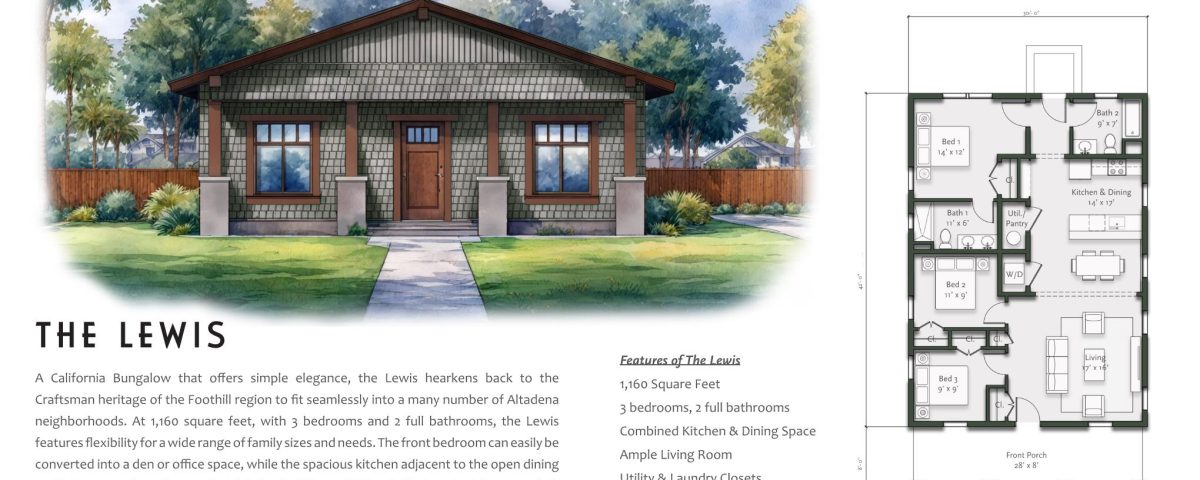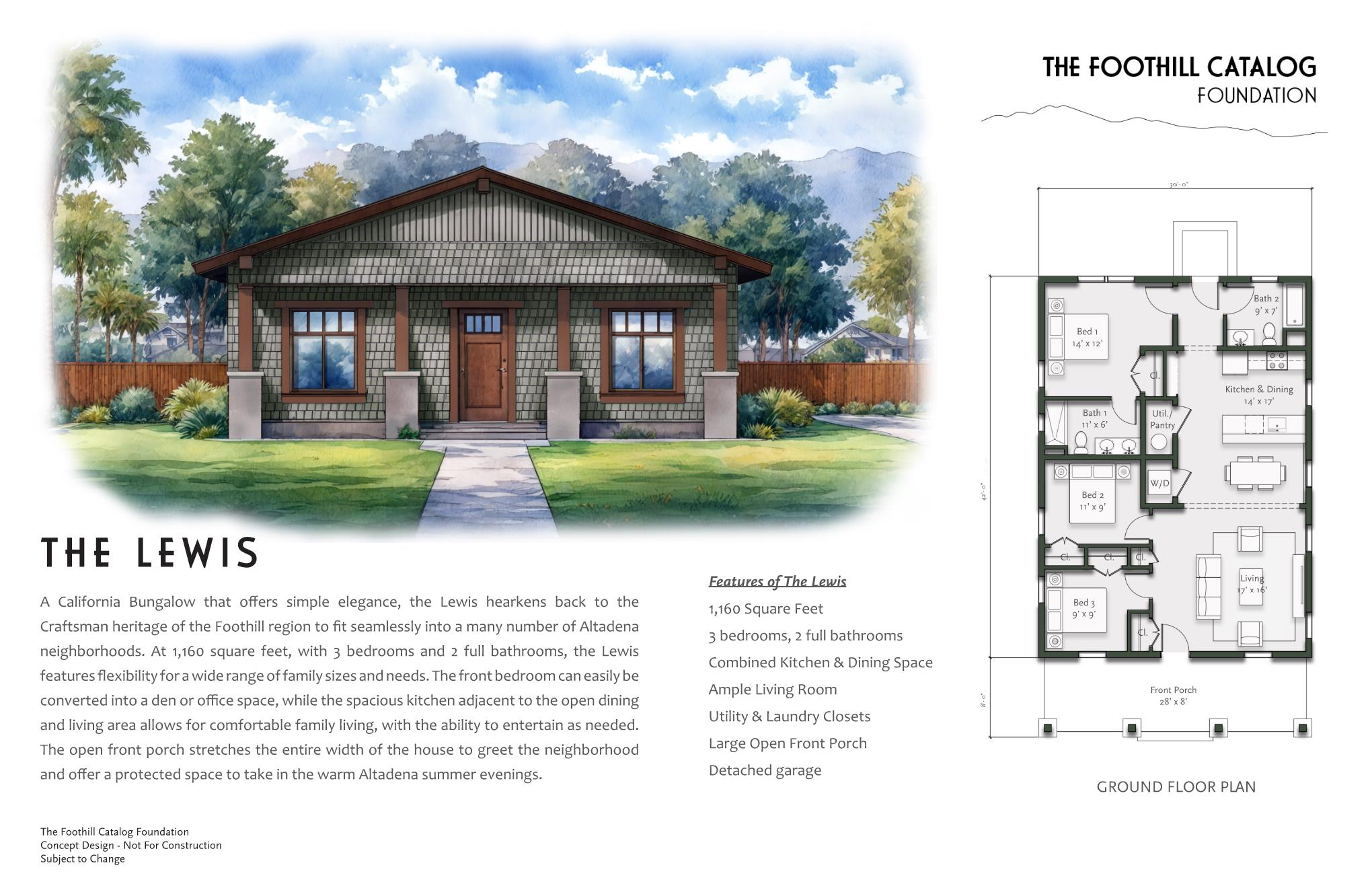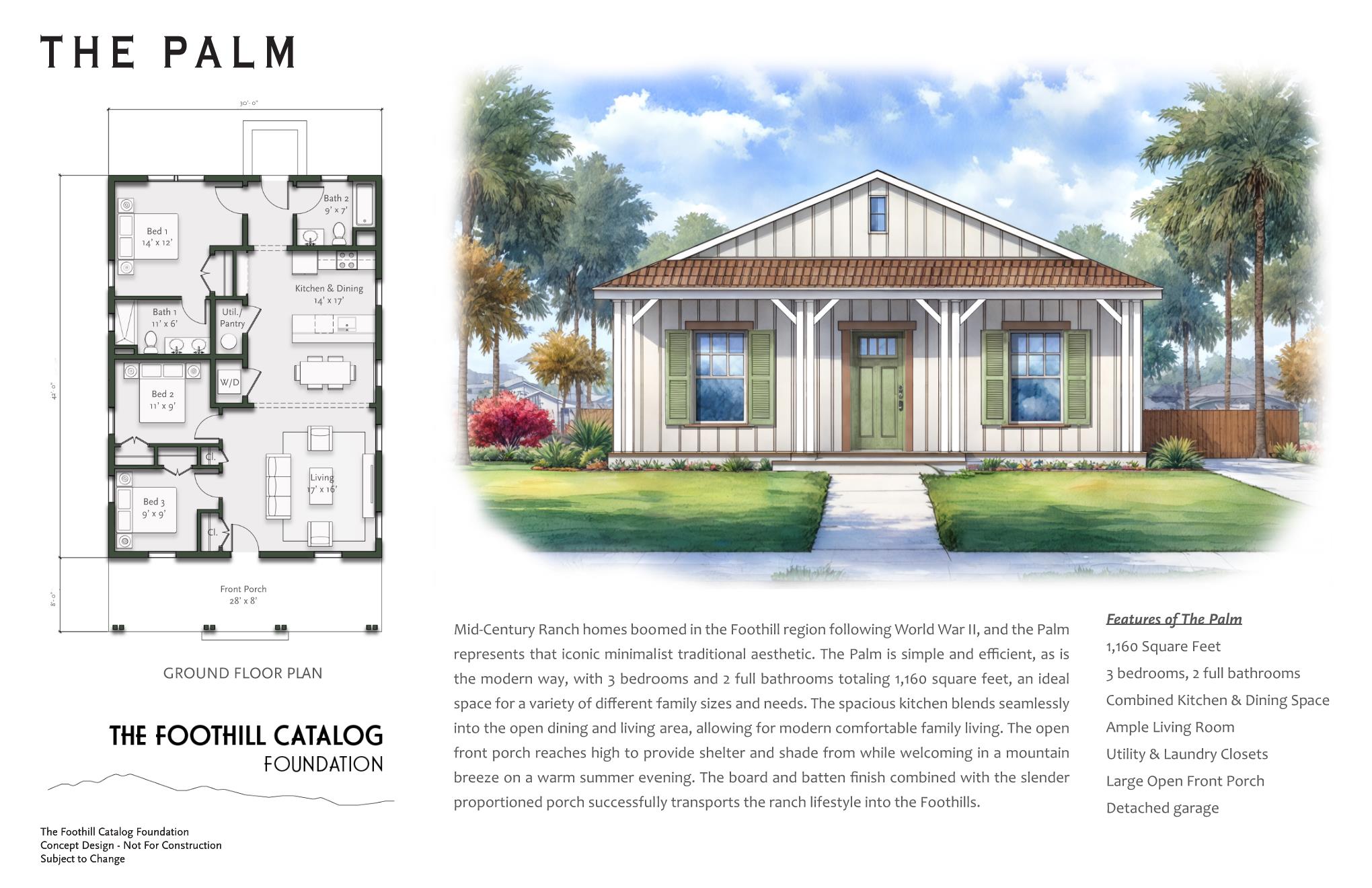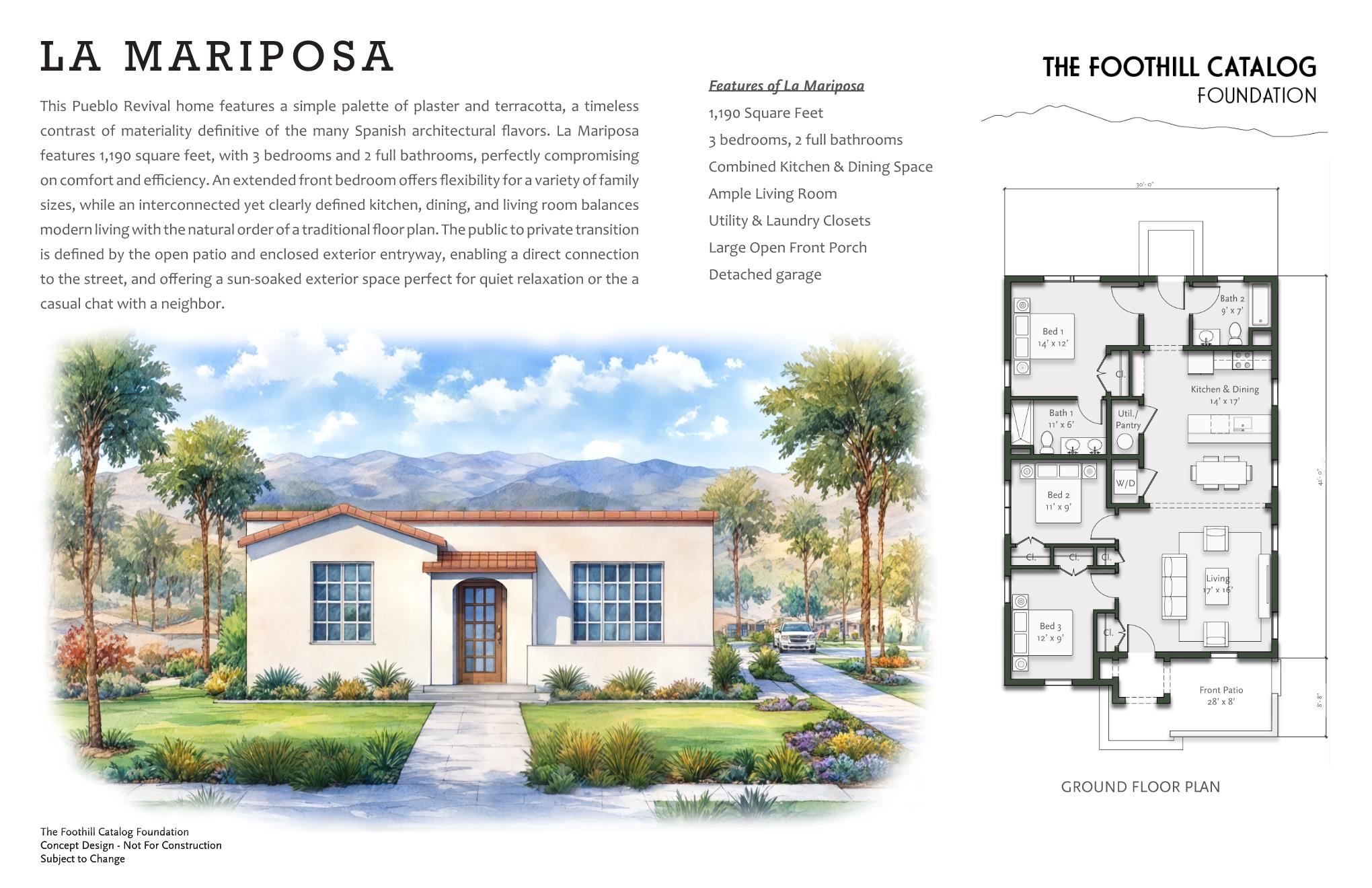
Microsoft Build 2025: Membina web terbuka berpacukan agen dalam era keleluasaan agen AI
May 21, 2025
The 90-5-5 Concept: Your Key to Solving Human Risk in Cybersecurity
May 27, 2025Autodesk supports pre-approved home designs and AI-powered permitting to accelerate Los Angeles wildfire recovery


- Autodesk is providing funding, software, and technical expertise to accelerate recovery and support climate-resilient rebuilding in wildfire-affected areas of Los Angeles.
- Autodesk is backing The Foothill Catalog Foundation, a volunteer-led nonprofit creating a first-of-its-kind catalog of 100% pre-approved, modular home designs. Co-developed with community input, these designs will cut permitting timelines from over a year to weeks and reduce architectural costs for survivors by up to 95%.
Today, Autodesk announced new funding, technology, and support to accelerate rebuilding efforts in wildfire-affected areas of Los Angeles, following this January’s devastating fires across the region.
- Autodesk is partnering with The Foothill Catalog Foundation (TFCF), a nonprofit organization and network of volunteers creating a first-of-its-kind catalog of modular, pre-approved home designs for survivors of fires in the Los Angeles region. The plans provided through TFCF are expected to reduce architectural and permitting costs for survivors—which can often exceed tens of thousands of dollars—by up to 95%. The plans will also help cut permitting timelines—which can take up to a year—down to a matter of weeks.
- Autodesk is also funding an AI-powered software tool to supercharge the approval of building permits and speed recovery from the LA Fires, in partnership with Governor Gavin Newsom, LA Rises and other companies.
“Our technology powers the industries that are rebuilding Los Angeles—from planning, architecture, engineering, and manufacturing to construction,” said Andrew Anagnost, president and CEO, Autodesk. “This is about designing and building for resilience—not just to recover from disaster, but to efficiently scale solutions, inspire recovery models everywhere and futureproof our communities.”
A scalable blueprint for wildfire recovery
With Autodesk’s support, TFCF is enlisting hundreds of volunteer architects, engineers, and students to create home designs tailored to neighborhoods like Altadena. The plans will meet stringent climate resilience standards, including resistance to extreme heat, wildfire, and power outages, while preserving the region’s unique architectural character.
TFCF is also developing a standardized Revit template to ensure each design meets pre-approval and sustainability requirements from the outset. Architects contributing to the catalog will use tools including BIM Collaborate Pro, as well as tools from the Autodesk AEC Collection, such as Autodesk Forma, to streamline collaboration, provide AI-powered analyses and help deliver more resilient homes to families faster.


TFCF’s initial concept designs, contributed by architects and designers from across Los Angeles and beyond. More concept designs are currently under development.
“This partnership is helping turn our vision into reality at a time when families can’t afford to wait,” said Alex Athenson, co-founder of The Foothill Catalog Foundation. “With Autodesk’s established role as a Design and Make leader and their invaluable resources, we’re making sustainable, regionally sensitive home designs more accessible—and creating a pathway for faster, more resilient recovery for communities that need it most.”
With a focus on design for long-term resilience and sustainability, Autodesk is deepening its commitment to helping communities recover. The company’s Design and Make platform is used by AEC industry teams worldwide to reduce waste and lower environmental impacts. These community-centered donations offer real-time solutions to urgent system challenges for those impacted by the fires.

